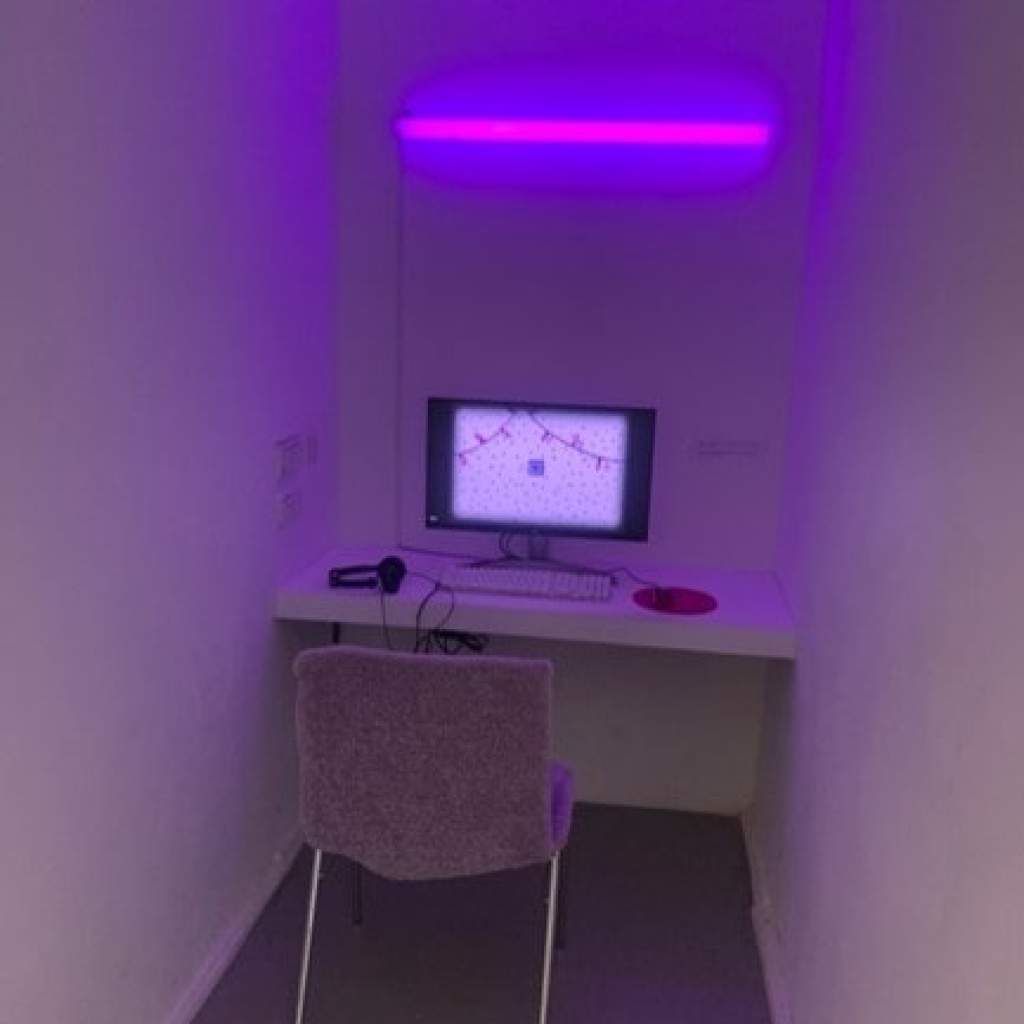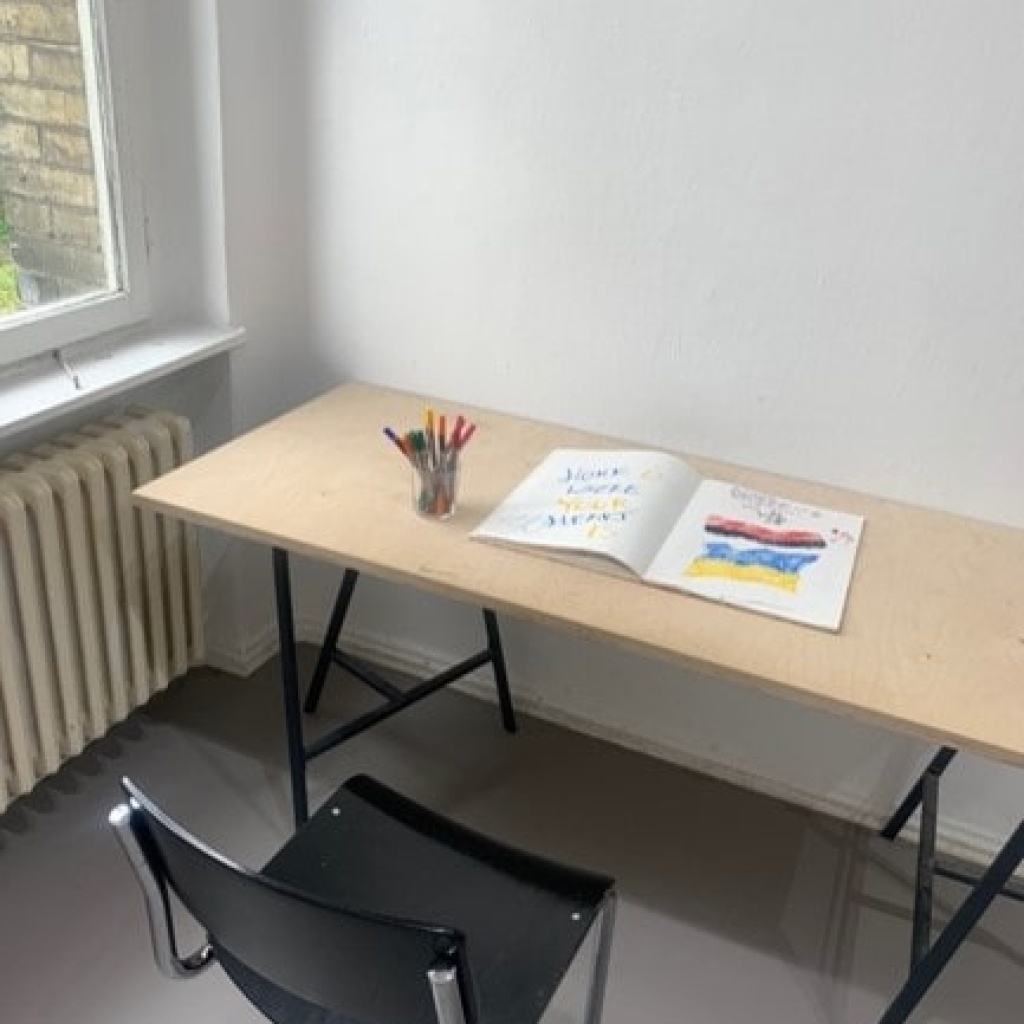Өмә: A powerful exploration of indigenous art and (anti-)colonial legacies in Russia5 min read
The Berlin exhibition “Өмә ([ome]; Bashqort for “collective self-help practices”)” offers valuable insights into the indigenous perspective on Russia, shedding light on its racist society and often-overlooked colonial history. Through the lens of the affected people, the exhibition highlights their ongoing struggle for recognition and empowerment.
The necessity for the exhibition and dealing with Russia’s colonial and imperial view is undeniable in the light of its most recent efforts to dominate the “post-Soviet” space. Although Russia’s imperial ideology can be traced back centuries, its former military aggressions and colonial policies were mainly overlooked by the rest of the world. It was the full-scale invasion of Ukraine which has finally brought broader attention to these issues and sensitised the public in western Europe. Despite this rise of awareness, dozens of blind spots are left. This exhibition has the potential to fill these gaps and to influence and develop emancipatory approaches for long-term transformation. Thereby it does not only push for changes in Russia, but also in the western view on the region and universal demands for the rights of indigenous people and against racism.

The FATA collective, a working group of the New Society for Visual Art, has cooperated with the Kunstraum Kreuzberg/Bethanien to create a compelling exhibition on Russian colonialism and racism which can be seen until 29 May 2023. The exhibition not only exposes oppression, but also illuminates the various forms of resistance and anti-colonial approaches found in indigenous communities in the colonised spaces, which the artists themselves come from. The origin of the exhibition’s name lies in the Bashkir language, where it signifies “self-help practice.” The artists reflect on their own multi-ethnic, non-white, and migrant identities shaped by their lives in racist societies. Throughout the development of the project, women, non-binary individuals, and trans persons have played essential roles, contributing to a heightened awareness of intersectional discrimination as a critical aspect of the movement.

Russia’s colonial past and present
At various points, the exhibition focuses on the confrontation with the Soviet self-conception as “anti-imperialist” and “anti-colonial.” The art collective Patimat Partu has contributed to the exhibition with the installation “Arba,” which takes a biographical approach to the crime complex that occurred in the Stalinist USSR in the 1940s. This involved the forced deportation and resettlement of ethnic minorities of which the artist’s grandparents were victims themselves due to their affiliation with the indigenous minority the Laks in Dagestan.
The installation features an image on glass of a single-axle cart, which was the only means of transporting belongings during the forced migration from the Lak’s former home in the mountainous areas of the Northern Caucasus down to the valley where the Chechen and Ingush people had been recently deported. These colonial acts were accompanied by mass violence and can be called genocidal. They led to tensions between different social and ethnic groups that continue to this day. Unfortunately, Russian authorities systematically suppress debates on remembrance and reparation for these past injustices. In this installation, Arba confronts the forced forgetting by displaying the moment of disenfranchisement and forced resettlement. The expressed memories challenge hegemonic narratives and build a foundation for a multi-layered and multi-directional remembrance.
The current reality of the artists’ lives is another important reference point in the exhibition. Sanjin Jirgal, YumKai, and ᠰᠶᠦᠷᠧᠠᠯᠢᠶᠠ have contributed an exceptional position with their installation “Computer game. 108.” The artists bring their own experiences as female and indigenous people from Bashqort, Kalmyk, and Buryad origins into the project.
The installation showcases how online activities are embedded in racist structures, such as in advertisements for apartments with the note “only for Slavs.” Furthermore, racist and stereotypical thinking can be found on online dating platforms. European beauty standards are highly valued, but at the same time, indigenous people are fetishized. Through colonial history, racism has become deeply inscribed in modern culture, even reaching into seemingly private areas of life leading to continuous exclusion and pre-judgment. While the installation can sensitise and stimulate empathy, the privileged position of the visitor becomes obvious immediately after leaving the artwork, thus demonstrating the limits of simulation and immersion.

From participation to joint struggle?
Neseine Toholya’s “Embankment Street” is another biographical work in the exhibition, but it comes with a different form of participation. The installation begins with a reconstruction of the street where the artist lived in her home village Yar-Sale in Yamalo-Nenets Autonomous Okrug, made with collages and drawings. The installation also includes a zine dealing with migration, collaboratively made by the participants of Өмә.
Lastly, an open sketchbook invites visitors to contribute drawings, phrases, or other forms of expression regarding the different associations of being home. This participatory aspect of the installation allows visitors to engage with the themes of the exhibition in a more personal way. This possibility is particularly important because the involvement of the visitor includes those who are shaped by migration and face racism while living in Berlin, a former colonial metropolis. Here lies the chance for an enriching exchange and an important alliance for the future.

An invitation for the visitor: What does it mean to feel home?
The exhibition not only exposes and critiques the colonial past and present, but also focuses on anti-colonial activism and the empowerment of indigenous communities, for instance in the work “Topography of Decay” by the un|rest group. The work shows a complex and detailed overview of the existing oppositional approaches. Despite the variety of engagements for people’s right to self-determination, regional independence movements, and feminist demands, the massive suppression and repression ultimately prevents the necessary development of a coherent platform for mass decolonial and liberation.
However, the exhibition shows that the experiences of resistance are still vivid. Through artworks such as the aforementioned, the exhibition highlights the continuity of struggles of indigenous communities and marginalised groups for justice and self-determination. It offers the chance to inspire visitors to show solidarity and to support the ongoing fights.
The FATA collective’s statement on demanding reparations, the return of colonised lands, and independence for those who claim it, highlights the importance of taking concrete actions towards dismantling systems of colonial oppression. The exhibition provides an important interim step for deeper reflection and discussion on the ongoing effects of colonialism and the need for decolonial and anti-colonial confrontation with Russia. It brings another important layer to the post-colonial discourse and provides the opportunity for visitors to develop a more complex view on the regions and to confront their own colonial ideas of “the East.”



